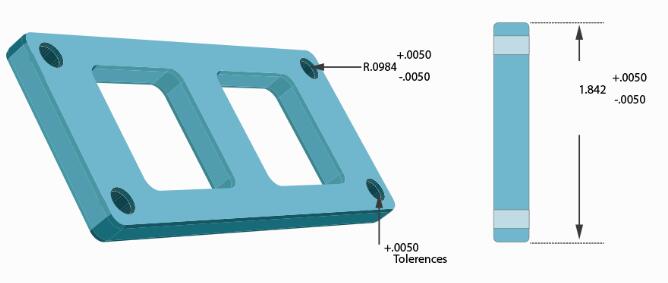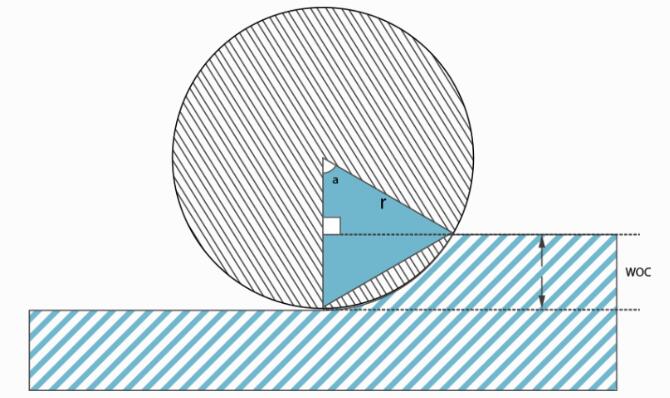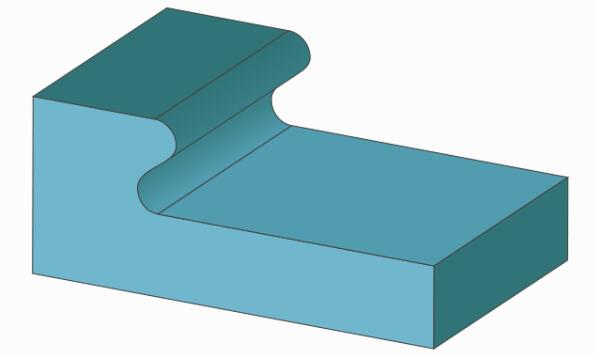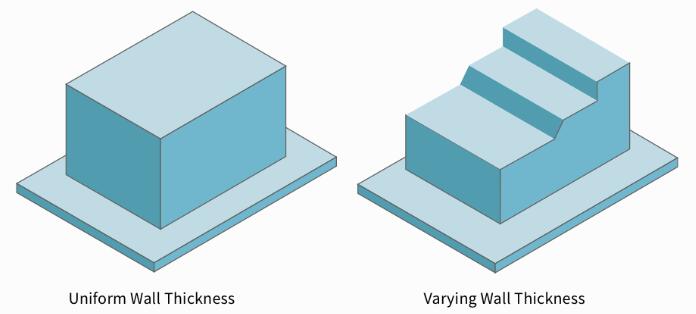Jul. 20, 2022
CNC Machining is a popular manufacturing process because of its ability to produce a broad variety of parts, ranging from simple shapes to complex structures. Like every manufacturing technology, however, CNC Machining does come with some design limitations. We’ve broken them down below to ensure that your product is optimally designed to meet our CNC Machining capabilities.

Tolerence
When submitting a design for production, it is helpful to include a tolerance, or the acceptable range for a part’s dimensions. Tolerances must be determined to meet the required functionality of a given part.
Though CNC Machining is capable of achieving extremely tight tolerances, it is important to keep in mind that tolerances tighter than our service’s standards can often incur longer production times and higher costs.
If no specific tolerances are indicated on the product’s design, LECN maintains a standard tolerance of +/- -.005” for metal parts and +/-.010” for plastic parts. Tighter tolerances are possible, though can be more time-consuming to achieve as RPM rates must be decreased to account for the higher precision.

CNC Angle
With CNC milling, it is important to note that all interior vertical edges or walls will have a radius, rather than a right angle. This is because the cutting tools used in CNC milling are cylindrical, meaning they can not produce a straight edge. This type of angle is called an inside corner fillet.
When designing a part, taking the inside corner fillets into account can result in a more efficient production process. For instance, it is advisable to specify a non-standard radius to allow the cutting tool the freedom to cut and turn the corner without having to stop and reposition. Additionally, fillets with a larger radius are faster and cheaper to mill than smaller radii.

CNC Undercut
As features that cannot be produced using a standard milling tool, undercuts present a number of challenges when CNC Machining and should, if possible, be avoided. For one, if an undercut geometry does not have standard dimensions, it will require the production of a custom machining tool to produce, which will increase machining time and costs significantly. Therefore, if an undercut feature is necessary in your part, ensure that it has standard dimensions.
Second, because CNC tools are limited in length, undercuts should not be made too deep. Undercuts that are too deep or placed in a hard-to-reach area will be impossible to produce as the CNC tools will not be able to access them.

CNC Thickness
With CNC Machining, as with other manufacturing processes, it is important to ensure that your part design complies with minimum wall thicknesses. Generally, it is advisable to opt for the thickest possible wall thickness and to avoid very thin walls or features. This is because thin or fine features are susceptible to vibrations caused by the CNC tools, which can cause breaks or damage.
A standard minimum wall thickness for CNC Machined metals is 0.030” (~0.76 mm) and 0.060” (~1.5 mm) for plastics.
Threads
Once a part has been machined to its specified dimensions and form, it is possible to add threads using cut taps, form taps or thread mills. When designing your part, it is helpful to choose the largest thread size possible, as smaller taps have a higher risk of breaking during production.
If possible, also avoid deep threads, as deep holes in your part can incur higher production costs (if a custom tool is necessary). Similarly, sticking to custom thread sizes in your part’s design can help keep costs and production time down.
Previous: None
Next: None